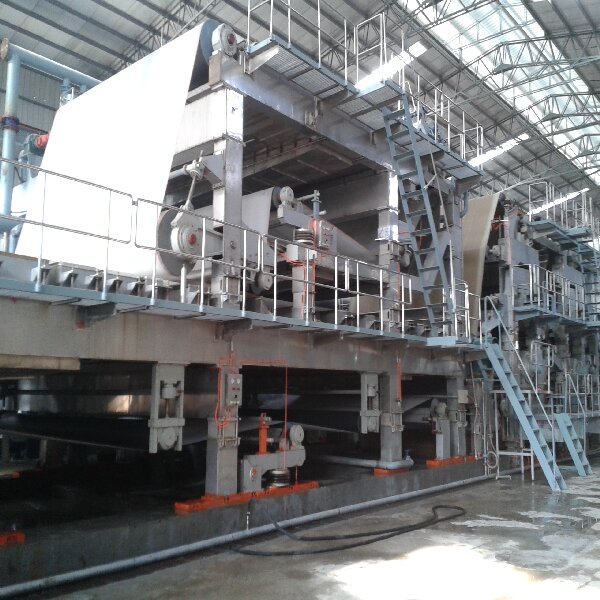In recent years, due to the limitations of global forest resources and the uncertainty of international market supply, the price of wood pulp has fluctuated greatly, bringing considerable cost pressure to Chinese paper companies. At the same time, the shortage of domestic wood resources has also limited the production capacity of wood pulp, resulting in an increasing proportion of dependence on imported wood pulp year by year.
Challenges faced: Rising raw material costs, unstable supply chain, and increased environmental pressure.
Opportunities and coping strategies
1. Improve self-sufficiency rate of raw materials
By developing domestic timber planting and wood pulp production capacity, we aim to increase self-sufficiency in raw materials and reduce dependence on imported wood pulp.
2. Technological Innovation and Alternative Raw Materials
Developing new technologies to replace wood pulp with non wood pulp materials such as bamboo pulp and waste paper pulp, reducing raw material costs and improving resource utilization efficiency.
3. Industrial upgrading and structural adjustment
Promote the optimization of industrial structure, eliminate outdated production capacity, develop high value-added products, and improve the overall profitability of the industry.
4. International cooperation and diversified layout
Strengthen cooperation with international wood pulp suppliers, diversify raw material import channels, and reduce supply chain risks.
Resource constraints pose severe challenges to the development of China’s paper industry, but at the same time provide opportunities for industry transformation and upgrading. Through efforts in improving self-sufficiency in raw materials, technological innovation, industrial upgrading, and international cooperation, the Chinese paper industry is expected to find new development paths in resource constraints and achieve sustainable development.
Post time: Jul-19-2024


